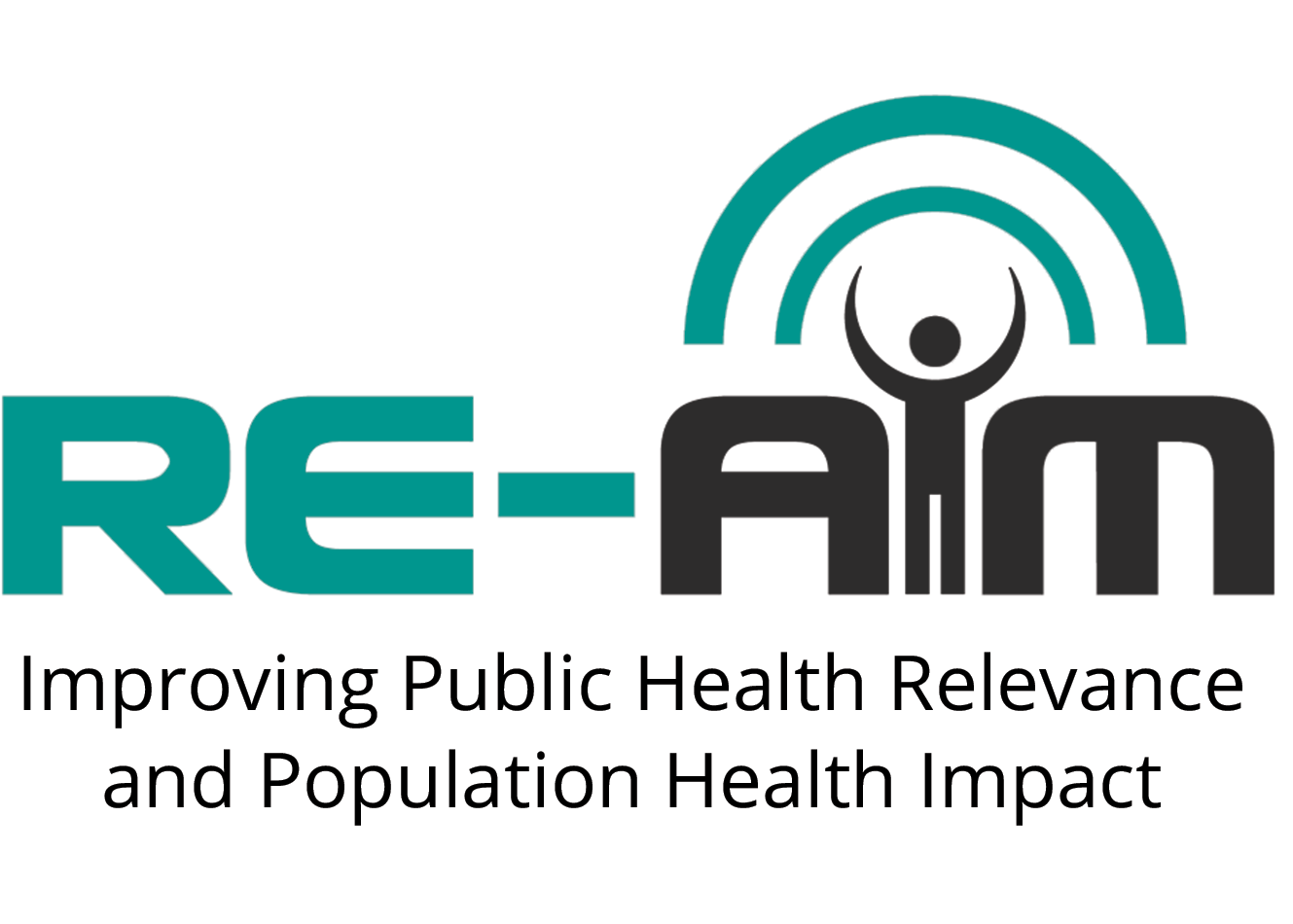Use When Planning a Project
The planning and co-design phase occurs before implementation. This phase involves assessment of the contexts, and engagement of leadership, staff, participants, and recipients to inform implementation planning. The PRISM and RE-AIM Planning tools inquire into the key domains (e.g., the “fit” of the intervention with the setting, staff, and community; the resources available to support intervention delivery) to inform planning for implementation.
When planning a project, we recommend that you take specific steps to plan for success, especially by considering ideas from the Practical Robust Implementation and Sustainability Model (PRISM) that are relevant to your context and stakeholders. If you are unfamiliar with PRISM or would like more information on it, click HERE.
What tools does this website have about using RE-AIM for planning?
-
You can use our planning tool that will guide you through the planning process and then save these questions and your answers as a PDF file. It might be helpful to go through these questions as a team, with your stakeholders, or just for self-reflection.
- Two assessments—one for PRISM and one for RE-AIM—are provided in the Iterative PRISM and Re-AIM Guidebook appendix (appendices 1.a, 1.b, and 4.a, and 4.b) for use for the planning phase. We strongly encourage these be used together.
We recommend considering all RE-AIM dimensions during the planning phase of a project, even if it is unlikely that you will focus on some of the dimensions when you implement the program. When considering the RE-AIM dimensions, it is important to also consider the related PRISM contextual domains that can help frame questions that will lead to improvements in your most important RE-AIM outcomes. Below you will find questions to help you in project planning.
Don’t worry if you can’t answer all of these questions, or that some don’t apply to your specific project. Along with your planning and implementation partners, decide which are most important for your project and get started. We’ve presented this in a sequential order for groups focused on the adoption of a new program or policy in their setting, but you may want to start with the RE-AIM dimensions that are most important to your situation and partner implementers and organizations. Thinking through these issues will help you increase the chances that your project will be successful.
You can use our interactive tool that will guide you through the planning process and then save these questions and your answers as a PDF file. It might be helpful to go through these questions as a team, with your planning partners, or just for self-reflection.
Planning and Co-Design Phase of Projects

Putting it All Together…after working through the above issues:
-What RE-AIM outcomes are most appropriate to emphasize in your settings?
-What are likely to be the greatest challenges- at each level?
-What are the likely supports, champions, and strategies to enhance success?
-What are the key PRISM factors in your context that need to be addressed
A final word: As your program and policy is being implemented, be sure to review the material in the DURING section of this website, and especially the Iterative RE-AIM activities
